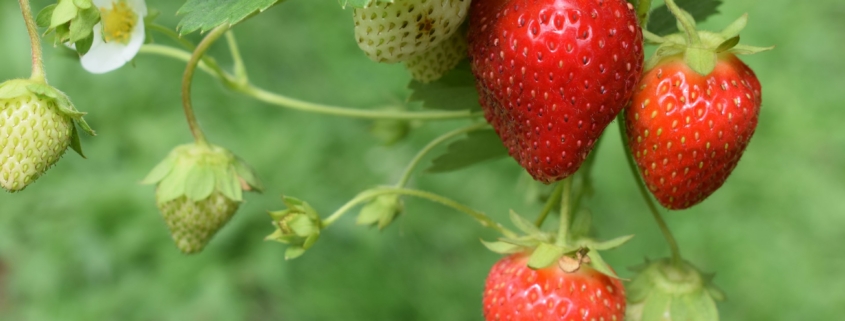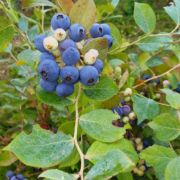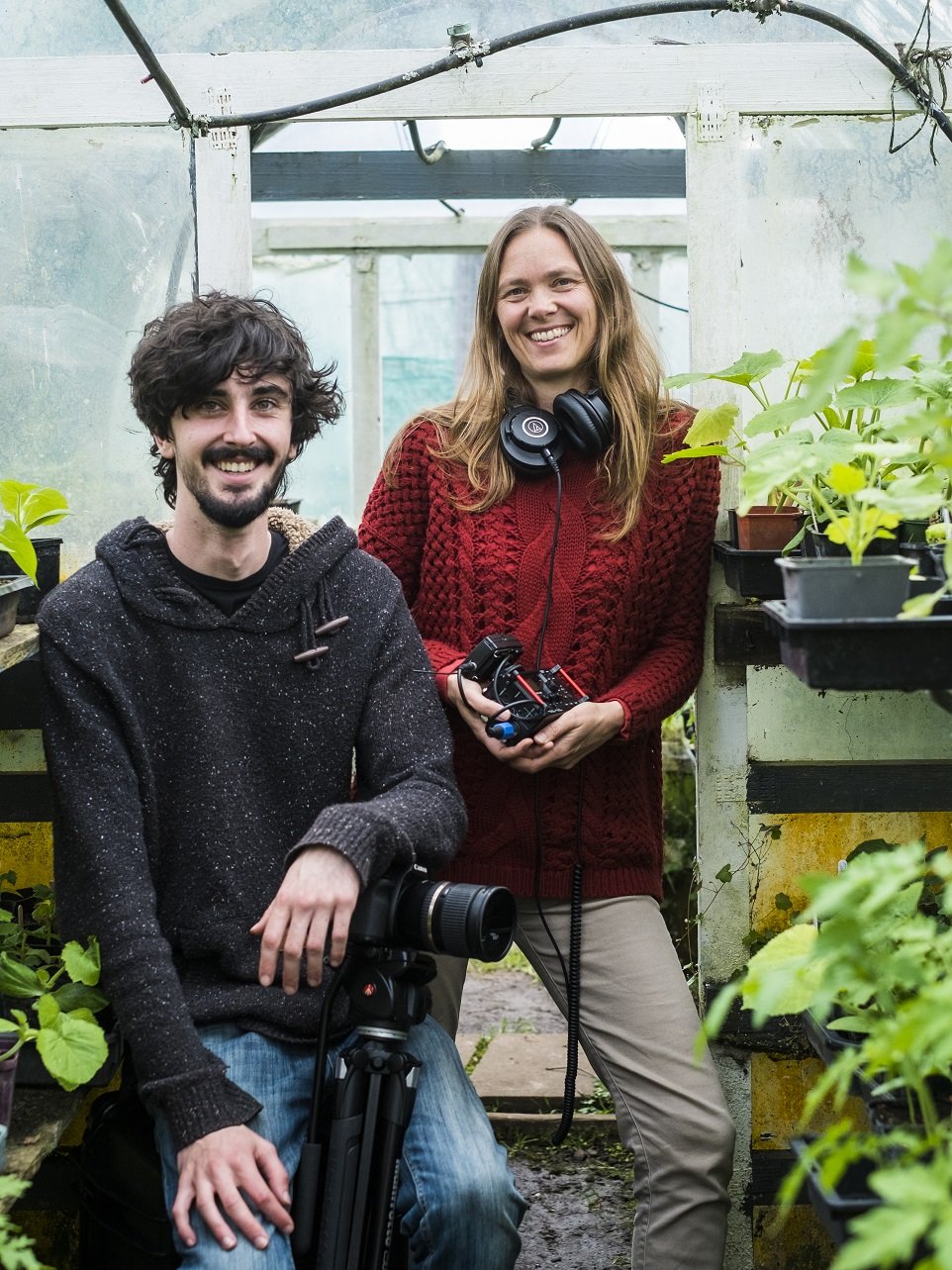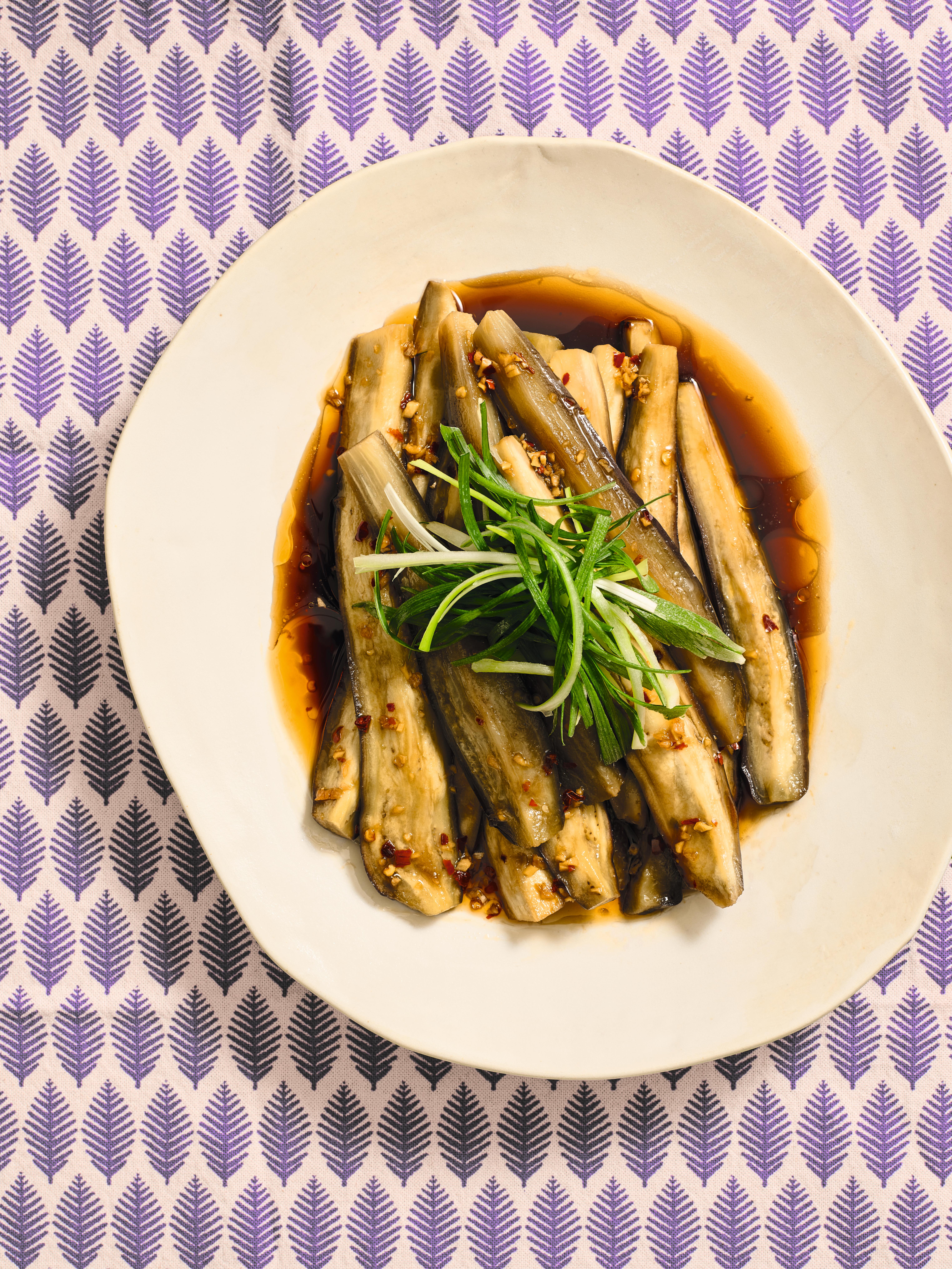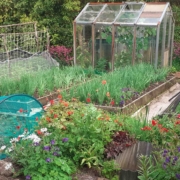Strawberries: Sweet, sustainable, and full of summer joy
Few fruits capture the feeling of summer like strawberries. Their vibrant red colour, delicate fragrance, and juicy sweetness make them one of our favourite seasonal fruits. In New Zealand, the strawberry season runs from September to April, with the peak harvest in November and December, filling gardens and markets with the scent of sunshine.
Beyond their taste and beauty, strawberries have a rich history, impressive nutrition profile, and are easy to grow, as nutritional therapist Paula Sharp writes.
We hope you enjoy this free article from OrganicNZ. Join us to access more, exclusive member-only content
A brief history of strawberries
The Romans enjoyed strawberries as food and medicine, using them to calm inflammation and aid digestion. By the Middle Ages in Europe, they had become a symbol of purity and perfection – carved into churches and served at banquets.The modern strawberry, Fragaria × ananassa, has its roots in eighteenth century France, where two wild species – the small, flavourful North American Fragaria virginiana and the larger Chilean Fragaria chiloensis – accidentally cross-pollinated. The result was the plump, fragrant berry we know today.
Early European settlers brought strawberries to New Zealand, where the climate and soil suited them beautifully. Today, areas like Waikato, Auckland, and the Bay of Plenty are famous for their fields of the fruit, yet nothing compares to growing your own and tasting the sweetness straight from the plant.
Why grow spray-free or organic?
Strawberries are one of the most heavily sprayed crops worldwide. Their thin skin and low-growing habit make them vulnerable to pests and fungal diseases, but chemicals aren’t the only – or best – solution. Growing your own spray-free or organically means your berries are free from synthetic residues, and you’re supporting soil health, pollinators, and biodiversity.
Healthy soil grows healthier plants — and better-tasting fruit. Strawberries grown naturally have a more intense aroma, deeper flavour, and higher nutrient levels than their conventionally farmed counterparts.
How to grow strawberries naturally
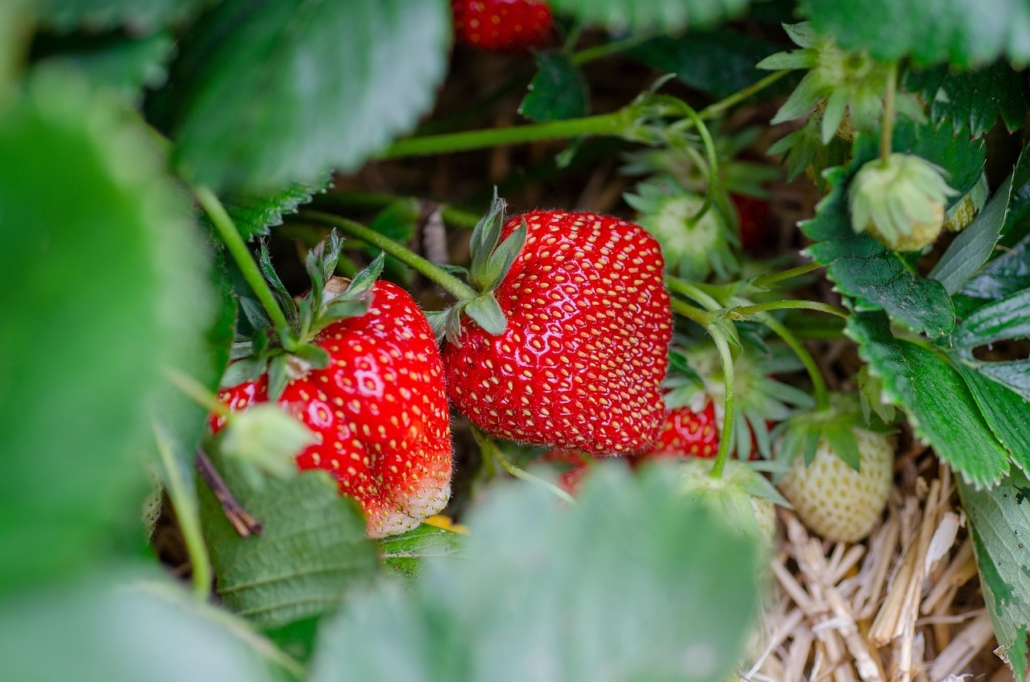
Strawberries thrive in full sun and free-draining soil rich in compost. They do well in raised beds, containers, or hanging baskets — perfect for small gardens or patios.
The best time to plant strawberries in Aotearoa New Zealand is from late autumn through early spring, when the soil is still workable but not too cold.
In warmer regions like Auckland, Bay of Plenty, and Northland, ideally plant May to July so the young plants can establish roots before flowering. In cooler areas like Canterbury and Otago, plant a little later, July to October, once frosts ease.
Photo: Katharina N, Pixabay
Growing tips
- Enrich the soil: Mix in well-rotted compost before planting.
- Mulch: Use straw, pine needles, or pea straw to keep fruit clean and weeds down.
- Eggshells: Crushed eggshells deter slugs and snails while adding calcium to the soil.
- Feed regularly: Water fortnightly with liquid seaweed or compost tea for strong growth.
- Netting: Protect fruit from birds using fine mesh secured tightly to avoid trapping wildlife.
- Remove the first flowers after planting to help the plants focus on root growth and strength (for bigger, sweeter berries later in the season.).
- Renew plants: Replace every three years using healthy runners for new stock.
- Harvest strawberries when fully red and fragrant (typically begins from November to February, in milder regions fruit can continue into April).
- Strawberries won’t ripen further once picked.
Nutrition that shines
One cup of strawberries gives your full daily vitamin C needs – excellent for immune support and collagen production. They’re also rich in antioxidants like anthocyanins, which protect against inflammation, and ellagic acid, known for its skin and heart health benefits.
Their natural sweetness satisfies sugar cravings while supporting blood sugar balance thanks to fibre and water content. Folate, manganese, and potassium round out their nutrient profile, helping energy and mood stay steady through the warmer months.
Eat them fresh, blend them into smoothies, toss into salads, or make into compotes and desserts – strawberries are as versatile as they are delicious.
A fruit worth growing
Homegrown strawberries are one of life’s simple pleasures. I call them nature’s lollies – sweet, sun-warmed, and full of vitality.
By choosing to grow spray-free or organic, you’re nourishing your body and caring for the land. Each bite is a reminder that good food, good soil, and good health are deeply connected.
Seasonal strawberry recipes
Here are two easy ways to enjoy fresh asparagus in season.
Strawberry & basil balsamic salad
Light and fragrant. Serves 2–3.
Ingredients
- 2 cups fresh strawberries, halved
- 1 small ball mozzarella (about 100 g), torn
- 1 handful basil leaves
- 1 tbsp extra virgin olive oil
- 1 tsp balsamic vinegar or glaze
- Pinch of sea salt and black pepper
Method
- Arrange strawberries, mozzarella, and basil on a platter.
- Drizzle with olive oil and balsamic vinegar.
- Season lightly and serve immediately.
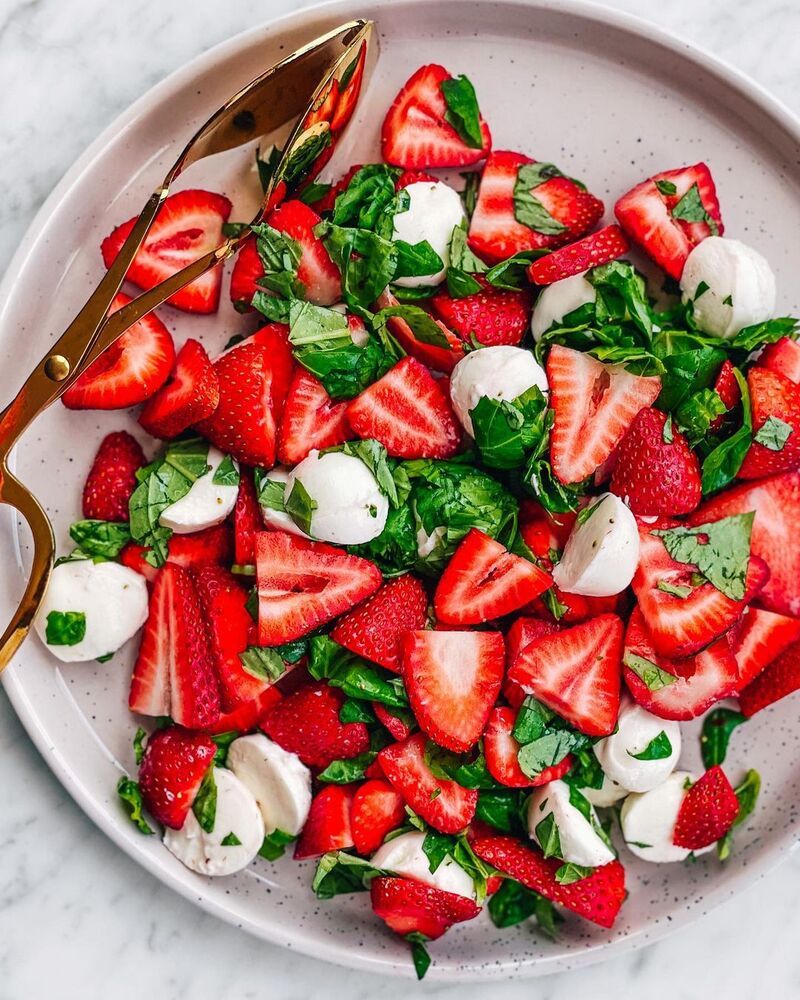
Photo: May Zhu, Pinterest
Strawberry chia breakfast pots
A light make-ahead breakfast or snack. Makes 2 servings.
Ingredients
- 1 cup fresh strawberries, chopped
- 1 cup milk of choice (almond, oat or dairy)
- 3 tbsp chia seeds
- 1 tsp maple syrup or honey
- ½ tsp vanilla extract
Optional: Greek yoghurt and extra strawberries for topping
Method
- Blend half the strawberries with milk, sweetener, and vanilla.
- Stir in chia seeds and remaining strawberries.
- Pour into two jars, stir after 10 minutes, then refrigerate overnight.
- Top with yoghurt and extra berries before serving.
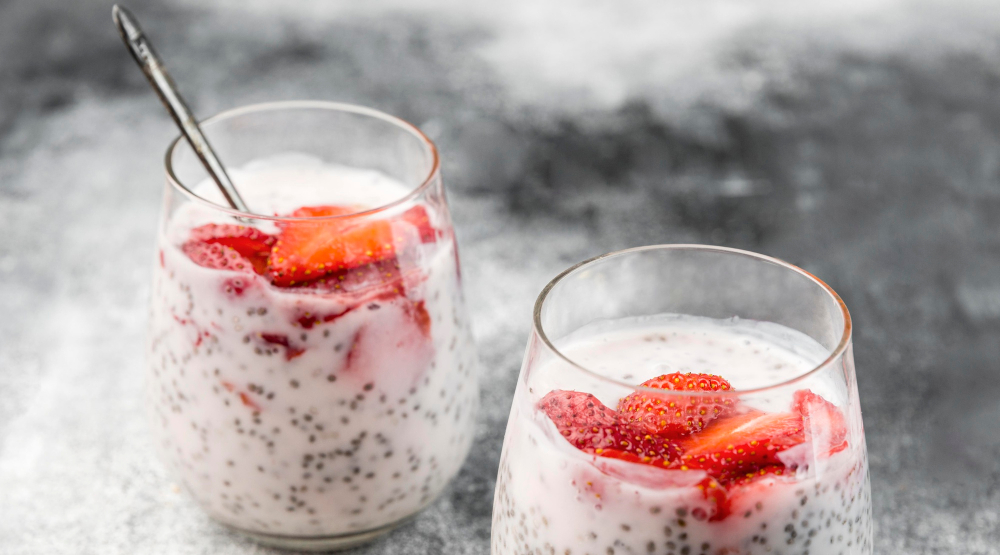
Photo: Freepik

AUTHOR BIO
Paula Sharp is a nutritional therapist supporting women’s health, digestion, hormones, skin, sleep, and energy through one-to-one consultations via Zoom. She’s also a local guest speaker in the Bay of Plenty and regular writer for Organic NZ.
Join Paula’s free newsletter – Sharp Bite – for weekly nutrition tips, seasonal recipes, and mindset inspiration.
Photo at top of article: Oliver Hale, Unsplash

